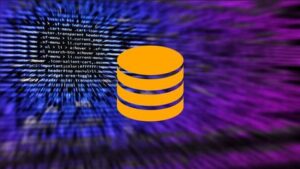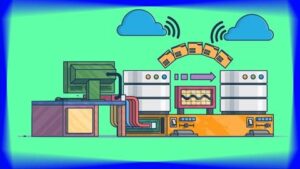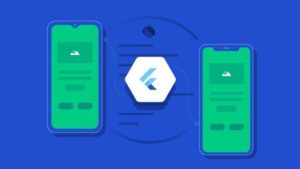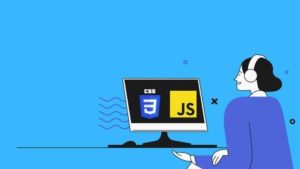Join Our Groups for Daily 100% off coupons
Bayesian Machine Learning in Python: A/B Testing
Data Science, Machine Learning, and Data Analytics Techniques for Marketing, Digital Media, Online Advertising, and More
Bestseller
5/5
4.5 (3,578 ratings)
20,852 students enrolled
Discount 94% off
What you'll learn
1. Use adaptive algorithms to improve A/B testing performance
2. Understand the difference between Bayesian and frequentist statistics
3. Apply Bayesian methods to A/B testing
!!! External links may contain affiliate links, meaning we get a commission if you decide to make a purchase. READ OUR DISCLOSURE
₹7,680
94% off
Discount 94% off
This course includes
- 6.5 hours on-demand video
- Full lifetime access
- Access on mobile and TV
- Certificate of Completion
Requirements
1. Probability (joint, marginal, conditional distributions, continuous and discrete random variables, PDF, PMF, CDF)
2. Python coding with the Numpy stack
Description
This course is all about A/B testing.
A/B testing is used everywhere. Marketing, retail, newsfeeds, online advertising, and more.
A/B testing is all about comparing things.
If you’re a data scientist, and you want to tell the rest of the company, “logo A is better than logo B”, well you can’t just say that without proving it using numbers and statistics.
Traditional A/B testing has been around for a long time, and it’s full of approximations and confusing definitions.
In this course, while we will do traditional A/B testing in order to appreciate its complexity, what we will eventually get to is the Bayesian machine learning way of doing things.
First, we’ll see if we can improve on traditional A/B testing with adaptive methods. These all help you solve the explore-exploit dilemma.
You’ll learn about the epsilon-greedy algorithm, which you may have heard about in the context of reinforcement learning.
We’ll improve upon the epsilon-greedy algorithm with a similar algorithm called UCB1.
Finally, we’ll improve on both of those by using a fully Bayesian approach.
Why is the Bayesian method interesting to us in machine learning?
It’s an entirely different way of thinking about probability.
It’s a paradigm shift.
You’ll probably need to come back to this course several times before it fully sinks in.
It’s also powerful, and many machine learning experts often make statements about how they “subscribe to the Bayesian school of thought”.
In sum – it’s going to give us a lot of powerful new tools that we can use in machine learning.
The things you’ll learn in this course are not only applicable to A/B testing, but rather, we’re using A/B testing as a concrete example of how Bayesian techniques can be applied.
You’ll learn these fundamental tools of the Bayesian method – through the example of A/B testing – and then you’ll be able to carry those Bayesian techniques to more advanced machine learning models in the future.
See you in class!
Suggested Prerequisites:
Probability (joint, marginal, conditional distributions, continuous and discrete random variables, PDF, PMF, CDF)
Python coding: if/else, loops, lists, dicts, sets
Numpy, Scipy, Matplotlib
TIPS (for getting through the course):
Watch it at 2x.
Take handwritten notes. This will drastically increase your ability to retain the information.
Write down the equations. If you don’t, I guarantee it will just look like gibberish.
Ask lots of questions on the discussion board. The more the better!
Realize that most exercises will take you days or weeks to complete.
Write code yourself, don’t just sit there and look at my code.
WHAT ORDER SHOULD I TAKE YOUR COURSES IN?:
Check out the lecture “What order should I take your courses in?” (available in the Appendix of any of my courses, including the free Numpy course)
100% OFF Courses
Best Seller Courses
EDITOR PICKS
© Copyright 2020 GeeksGod - All Rights Reserved





















